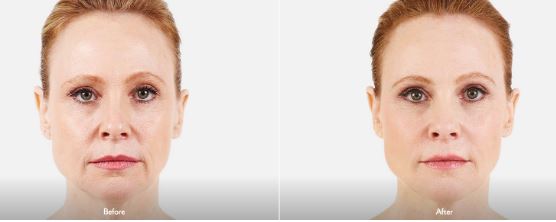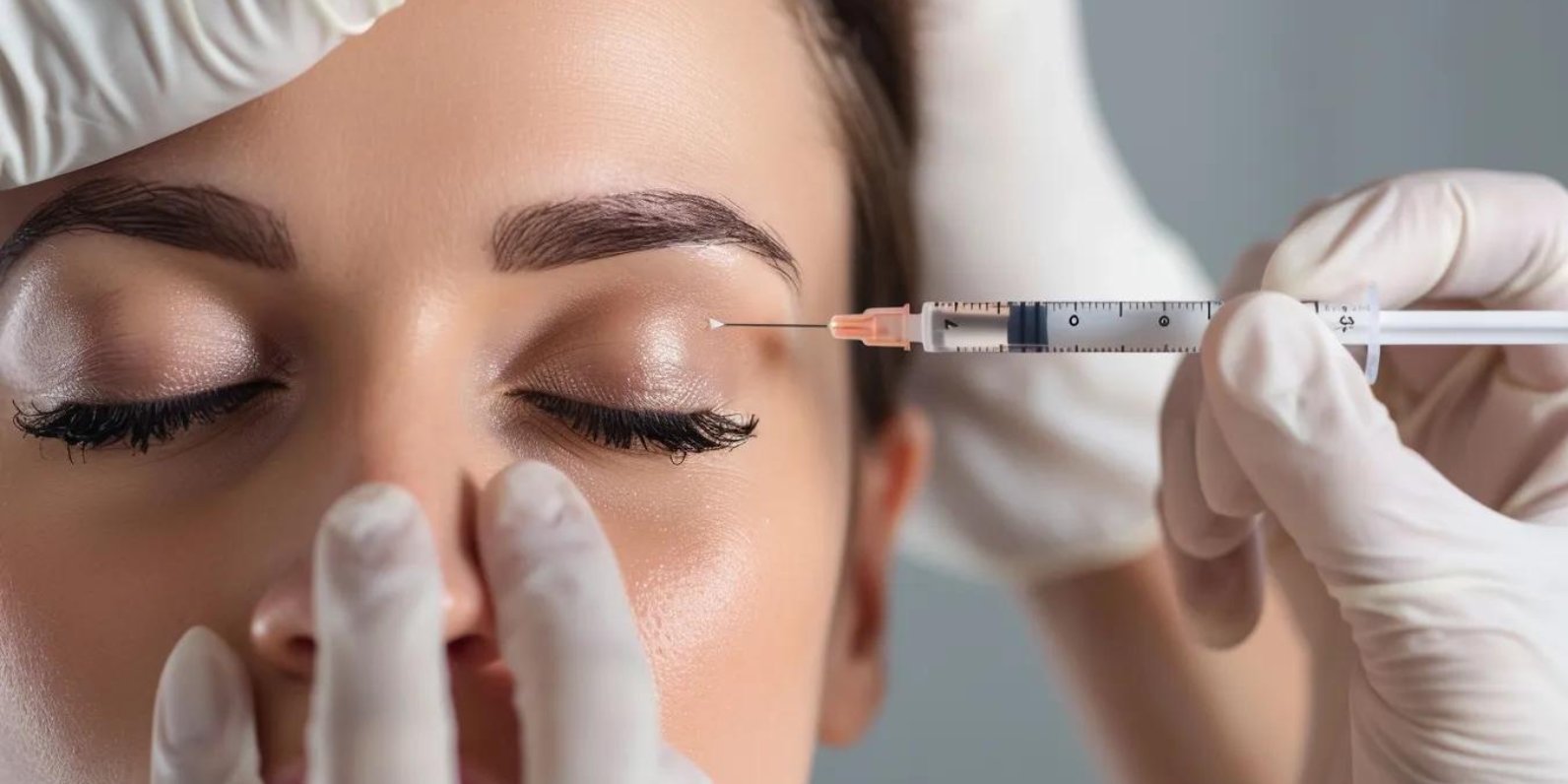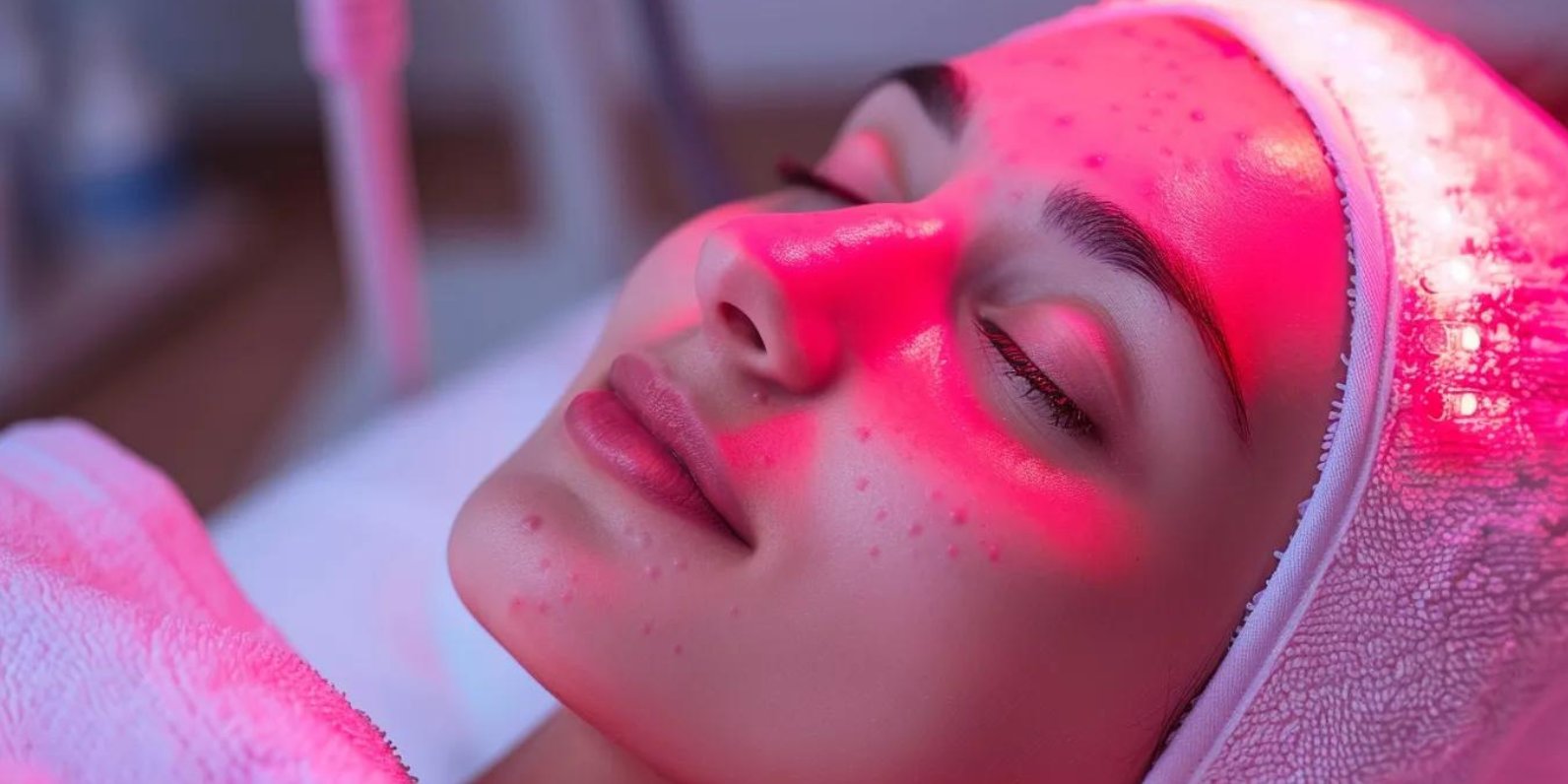Types of Dermal Fillers
Hyaluronic Acid Fillers
Dermal fillers come in several forms, each designed for specific outcomes. The most commonly used are hyaluronic acid fillers. These are found in brands like Restylane and Juvederm. They work by attracting water to the treated area, adding volume and smoothing the skin.
Biostimulatory Fillers
Another option is biostimulatory fillers, such as Sculptra and Radiesse. These fillers don’t just add volume; they stimulate collagen production. This helps rebuild the skin’s structure over time.
Choosing the Right Filler
Hyaluronic acid fillers typically last between 6 and 12 months. The exact duration depends on the area treated. Biostimulatory fillers tend to last longer, often up to 2 years. Choosing the right filler depends on your specific needs. Your provider will guide you in selecting the best option based on the area you want to treat.
Which Fillers Last the Longest?
The fillers that last the longest tend to be the ones designed to correct signs of aging on the mid-facial region, like the cheeks. This is because more HA gel is needed to create the apple-like cheeks that dermal fillers can produce. For example, Volluma can last up to twenty four months when done correctly.
The best way to find out how long your dermal filler may last is to schedule a consultation with an experienced and trusted anti-aging injectable provider.
Factors Influencing Longevity
The duration of dermal fillers varies based on several factors. One key factor is the location of the injection. Areas with more movement, like the lips, tend to break down fillers faster than less active areas, such as the cheeks.
The type of filler used also plays a significant role. Hyaluronic acid fillers usually last between 6 and 12 months. In contrast, biostimulatory fillers like Sculptra can last up to 2 years due to their collagen-stimulating effects.
The amount of filler injected matters as well. Larger volumes can provide longer-lasting results, especially in areas like the mid-face or jawline.
Additionally, individual metabolism impacts how quickly the body processes the filler. Those with faster metabolisms may notice the effects fading sooner.
Comparison of Filler Longevity by Area
Different parts of the face experience varying filler longevity. For example, fillers in the lips typically last around 4 to 6 months due to the constant movement of muscles in this area. In contrast, fillers in the mid-cheek can last much longer, often between 12 to 24 months.
Nasolabial folds, the lines that run from the nose to the corners of the mouth, usually see filler results lasting 6 to 9 months. Areas like the under-eyes, where movement is minimal, may also experience extended longevity.
Choosing the right filler for each area is crucial. Discuss with your provider to ensure you get the desired results for each treated region.
What is the dermal fillers duration by area?
Dermal fillers duration varies by area and formula, ranging from 4 months to 2 years. For lips, most hyaluronic acid fillers last 4 to 6 months. Nasolabial folds usually hold results for 6 to 9 months. Mid-cheek fillers like Juvederm Voluma may last 12 to 24 months due to their thicker structure. Biostimulatory fillers such as Sculptra can last up to 2 years by stimulating collagen. Movement, metabolism, and product type all affect longevity.
Advanced Filler Technologies
Recent advancements in filler technology have improved both the effectiveness and longevity of treatments. For example, some hyaluronic acid fillers use cross-linking techniques. This process involves chemically bonding the molecules, making the filler more stable and longer-lasting.
Products like Juvederm Voluma and Restylane Lyft utilize these advanced technologies. They are particularly effective in areas requiring more structure, such as the cheeks and jawline. These fillers can last up to 24 months, offering extended results compared to traditional fillers.
Understanding these technologies can help you and your provider choose the right filler for your needs, ensuring that you get the best possible outcome.
Safety and Reversibility
Safety is a major concern when considering dermal fillers. Hyaluronic acid fillers, such as those in the Restylane and Juvederm families, have a strong safety record. They are also reversible. If you’re unhappy with the results or experience a complication, your provider can inject an enzyme called hyaluronidase. This enzyme dissolves the filler, effectively reversing the treatment.
Biostimulatory fillers, like Sculptra, are not reversible. For these, it’s crucial to choose an experienced provider to minimize risks. Common side effects for all fillers include swelling, bruising, and tenderness. These usually resolve within a week.
Discuss any concerns with your provider before the procedure to understand the risks and benefits fully.
What Side Effects Should I Expect?
Dermal filler side effects are typically minimal, and usually involve mild swelling, bruising, and tenderness at the injection site.
You can usually expect your dermal filler results to properly appear about two weeks after your treatment after side effects have diminished.








